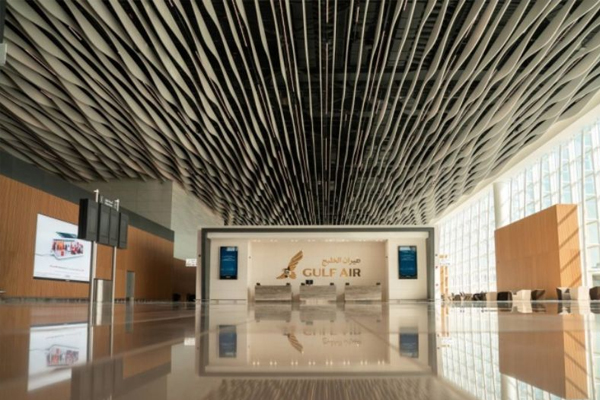The second phase of the new passenger terminal is on track, with more than 80 per cent of the hub already complete.
Transportation and Telecommunications Minister and Bahrain Airport Company (BAC) chairman Kamal Ahmed inspected the progress of the construction works.
He was accompanied by Hill International consultative representatives, contractors and BAC officials.
The project which was first launched a year ago, is expected to be completed during the second quarter of this year.
The project includes the construction of three departure gates connected to seven air bridges, one of which can accommodate a 380 aircraft.
The milestone also features bus departure gates, as well as the third and final stage of the aviation fuel supply system, which would enable the airport to grow in the long term.
The minister directed to overcome all obstacles for the project to be completed as planned.
“The second phase of the project is progressing in full swing thanks to the support of the government, headed by His Royal Highness Prince Salman bin Hamad Al Khalifa, Crown Prince and Prime Minister,” said the minister.
He thanked those in charge of the construction works, which are being implemented as planned, without affecting the flight operations in the new passenger terminal.
“This year will witness the completion of the Bahrain International Airport modernization program, which is one of the largest investments in the history of the aviation sector in Bahrain,” he said.
“The modernization program is also one of the largest and most important national development projects in the aviation sector for more than 20 years,” he added.
Operations at the new aviation fuel complex, which includes three storage tanks, have been fully relocated from the old site in Hidd.
Private aviation services will also be provided within the coming weeks to businessmen and private aircraft owners through the private aviation building.
The step will constitute a major driving force to support the trade sector and spur the growth of the travel and tourism sector for decades to come.











